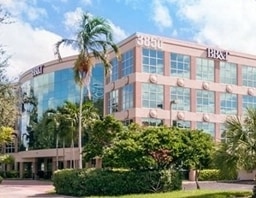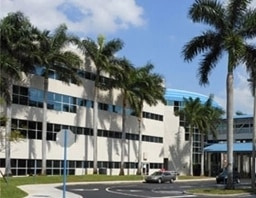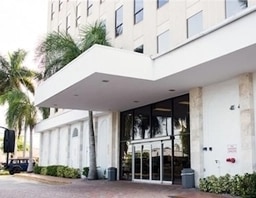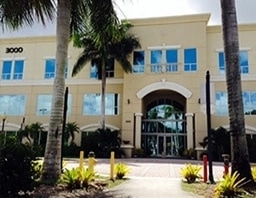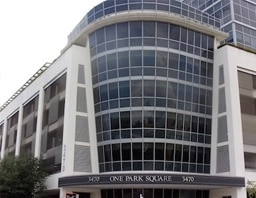
What are scars?
Scars are a natural part of the body's healing process. A scar results from the biologic process of wound repair in the skin and other tissues. Most wounds, except for very minor ones, result in some degree of scarring. Scars can result from accidents, diseases, skin conditions (such as acne), or surgeries.
How do scars form?
Scars form when the dermis (the deep, thick layer of skin) is damaged. The body forms new collagen fibers to mend the damage, resulting in a scar. The new scar tissue will have a different texture and quality than the surrounding tissue. Scars form after a wound is completely healed. There are different kinds of scars. Most scars are flat and pale. However, in cases when the body produces too much collagen, scars can be raised. Raised scars are called hypertrophic scars or keloid scars. Both of these kinds of scars are more common in younger and dark-skinned people. Some scars can have a sunken or pitted appearance. This kind of scarring occurs when underlying structures supporting the skin (for example, fat or muscle) are lost. Some surgical scars have this appearance, as do some scars from acne.
How can scars be treated? Can scars be removed?
Although scars cannot be completely removed, their appearance can be improved. Methods for improving the appearance of scars include:
- Topical Treatments - Treatments such as vitamin E, cocoa butter cream, and several commercial skin care products may be recommended.
- Surgery - Although it will not remove a scar, surgery can be used to alter a scar's shape or make it less noticeable. Surgery is not recommended in cases of hypertrophic or keloid scarring (raised scars) because there is a risk of recurring scars as well as more severe scarring that results from the treatment.
- Steroid Injections - A long term course of steroid injections into a scar may help flatten the scar. Injections may help to soften the appearance of keloid or hypertrophic scars.
- Radiotherapy - Low-dose, superficial radiotherapy is used to prevent recurrence of severe keloid and hypertrophic scarring. This treatment is used only in extreme cases because of potential long term side effects.
- Dermabrasion - This treatment involves the removal of the surface of the skin with special equipment. Dermabrasion is useful when the scar is raised above the surrounding skin. Microdermabrasion is a much less invasive form of dermabrasion and may be useful for very superficial scars.
- Laser Resurfacing - A laser resurfacing procedure, similar to dermabrasion, removes the surface layers of the skin using different types of lasers. Newer types of lasers may achieve more subtle results by working on the collagen in the dermis without removing the upper layers of skin. This advancement results in little to no downtime as opposed to traditional laser resurfacing and dermabrasion, which requires a longer recovery.
- Filler Injections - These treatments can be used to raise sunken scars to the level of surrounding skin. The effects of these filler injections are usually only temporary, however, and the procedures may need to be regularly repeated.
Contact us Today!
If you are looking for a dermatology practice that specializes in scar treatment, please use the form on this page to schedule a consultation at Hollywood Dermatology or visit our contact page for information about our South Florida locations.

